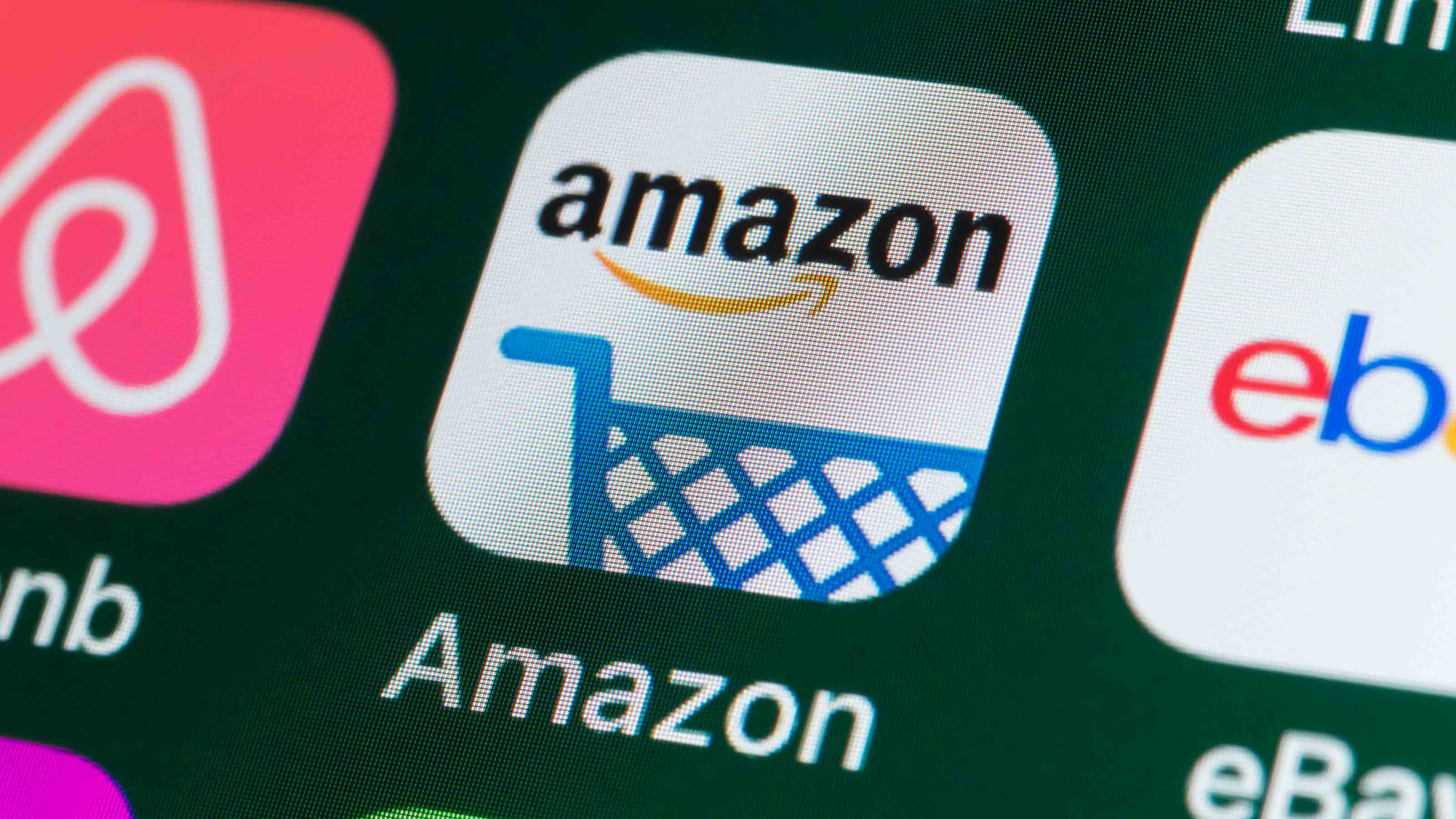5 Easy Ways to Save Money Fast
Quickly cut your expenses and boost your cash flow with these low-effort, high-return strategies.

Cutting out small expenses can add up when you’re trying to spend less and save more. However, there are ways to achieve even bigger savings at a quicker clip, so you don’t necessarily have to give up your daily latte habit. Here are five fast and easy ways to reduce costs and put extra cash in your wallet that will feel more like a reward rather than a sacrifice.
Allow your insurer to monitor your driving. Most major auto insurers now have what are called pay-as-you-drive or usage programs that offer discounts to drivers who are willing to have their driving habits monitored electronically. The programs generally require installing a small device in your car (or in some cases an app on your smart phone) for a period of time to track your tendencies behind the wheel -- from how far you usually drive to how hard you typically brake. Small discounts can be earned for simply trying the programs, and larger discounts of up to 50% can be received by drivers who demonstrate the least-risky behaviors, says Laura Adams, a senior insurance analyst for InsuranceQuotes.com. Considering the average auto insurance premium is $800 a year, you could save as much as $400 annually. No matter how you drive during the monitoring period, insurers claim the programs won't result in higher premiums. Availability varies by state and insurer, and many agents aren’t familiar with these programs yet, so Adams recommends checking your insurance company’s Web site first.
Switch to an online savings account. Today's standard rate on a savings account at a major brick-and-mortar bank is 0.01%, says Nick Clements, founder of financial education site MagnifyMoney.com. However, you could earn 100 times that at an online-only bank that’s paying 1%. You won’t get rich, but it’s quick and easy to open an online account and start earning more on your money, Clements says. If you have, say, $20,000 in savings, you could collect $200 a year in interest rather than $2. You can compare savings accounts at Web sites such as MagnifyMoney.com, Bankrate.com and Nerdwallet.com.

Sign up for Kiplinger’s Free E-Newsletters
Profit and prosper with the best of expert advice on investing, taxes, retirement, personal finance and more - straight to your e-mail.
Profit and prosper with the best of expert advice - straight to your e-mail.
Adjust your tax withholding. There's a surprisingly simple way to receive more money in your next paycheck, and it doesn't require asking your boss for a raise (although that's not a bad idea either). All you have to do is fill out a new W-4 form and give it to your employer to reduce the amount of federal tax that's being withheld every pay period. Since the majority of taxpayers receive a tax refund, this is a strategy that will succeed for many workers. Those who received the average refund of $2,792 last year could’ve boosted their monthly take-home pay by about $233 by adjusting their withholding. What to do with your windfall, which should start showing up as early as you next paycheck? Claes Bell, a banking analyst for Bankrate, suggests depositing the extra cash directly into a high-yield savings account. You can use Kiplinger’s tax withholding calculator to estimate how many additional allowances you should claim on your W-4 so you don’t overpay the IRS.
Raise your insurance deductibles. Homeowners can save as much as 25% on insurance premiums by increasing deductibles from $500 to $1,000, according to the Insurance Information Institute. I slashed the annual cost of my homeowners insurance by about $300 a couple of years ago by doing this. Drivers save an average of 9% on their auto insurance by boosting deductibles from $500 to $1,000, Adams says. But the savings can top 19% in some states, she says, because insurance rates vary greatly based on where you live.
Transfer your balance to a 0% credit card. If you carry a balance on a credit card with a high interest rate but have a credit score of 700 or higher, there’s a good chance you would be approved for a balance transfer to a card with a low or 0% introductory rate, Clements says. The benefits of a balance transfer can be significant, he says. For example, if you have a $9,500 balance (the average of those surveyed by MagnifyMoney with a score of 700 or higher who carry a balance) on a card with a 15% interest rate and are making payments of $500 a month, you’d pay about $1,097 in interest over the next 12 months, Clements says. By taking advantage of a 0% balance transfer offer with no transfer fees, you would avoid paying that more than $1,000 worth of interest during the first year. Of course, if you can the best way to maximize the benefit from a balance transfer is to pay off your entire balance during the 0% introductory rate period.
Get Kiplinger Today newsletter — free
Profit and prosper with the best of Kiplinger's advice on investing, taxes, retirement, personal finance and much more. Delivered daily. Enter your email in the box and click Sign Me Up.

Award-winning journalist, speaker, family finance expert, and author of Mom and Dad, We Need to Talk.
Cameron Huddleston wrote the daily "Kip Tips" column for Kiplinger.com. She joined Kiplinger in 2001 after graduating from American University with an MA in economic journalism.
-
 The AI Doctor Coming to Read Your Test Results
The AI Doctor Coming to Read Your Test ResultsThe Kiplinger Letter There’s big opportunity for AI tools that analyze CAT scans, MRIs and other medical images. But there are also big challenges that human clinicians and tech companies will have to overcome.
By John Miley Published
-
 The Best Places for LGBTQ People to Retire Abroad
The Best Places for LGBTQ People to Retire AbroadLGBTQ people can safely retire abroad, but they must know a country’s laws and level of support — going beyond the usual retirement considerations.
By Drew Limsky Published
-
 Five Ways to Save on Vacation Rental Properties
Five Ways to Save on Vacation Rental PropertiesTravel Use these strategies to pay less for an apartment, condo or house when you travel.
By Cameron Huddleston Last updated
-
 How to Avoid Annoying Hotel Fees: Per Person, Parking and More
How to Avoid Annoying Hotel Fees: Per Person, Parking and MoreTravel Here's how to avoid extra charges and make sure you don't get stuck paying for amenities that you don't use.
By Cameron Huddleston Last updated
-
 How to Appeal an Unexpected Medical Bill
How to Appeal an Unexpected Medical Billhealth insurance You may receive a bill because your insurance company denied a claim—but that doesn’t mean you have to pay it.
By Rivan V. Stinson Published
-
 Amazon Prime Fees Are Rising. Here’s How to Cancel Your Amazon Prime Membership
Amazon Prime Fees Are Rising. Here’s How to Cancel Your Amazon Prime MembershipFeature Amazon Prime will soon cost $139 a year, $180 for those who pay monthly. If you’re a subscriber, maybe it’s time to rethink your relationship. Here’s a step-by-step guide to canceling Prime.
By Bob Niedt Published
-
 How to Haggle for Almost Anything
How to Haggle for Almost AnythingSmart Buying Learning how to haggle is an invaluable skill. These strategies will help you negotiate a better price for just about any product or service.
By Katherine Reynolds Lewis Last updated
-
 Disability Insurance Can Provide COVID Coverage
Disability Insurance Can Provide COVID CoverageCoronavirus and Your Money If you are concerned about long-term complications from COVID-19, consider disability insurance coverage.
By Rivan V. Stinson Published
-
 21 Things You Can't Return to Amazon — Either Online or In-Store
21 Things You Can't Return to Amazon — Either Online or In-StoreDid you know there are things you can't return to Amazon? Before adding these 21 items to your cart, be sure to read Amazon's return policy first.
By Bob Niedt Last updated
-
 How to Avoid a Charity Scam
How to Avoid a Charity Scampersonal finance Scammers never quit, even when you're trying to be altruistic. But you can avoid getting duped if you do your homework.
By Rivan V. Stinson Published